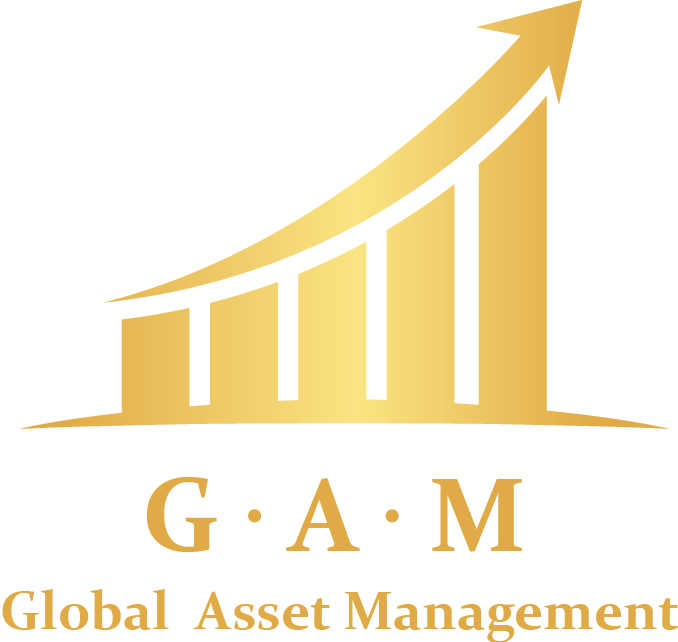
Here Are The 5 Ways to Track the United States' Economic Recovery
The ebbing of the pandemic has brought price increases, supply bottlenecks and labor shortages. Key indicators will show whether it’s just a stage.This is a strange moment for the U.S. economy.Unemployment is still high, but companies are complaining they can’t find enough workers. Prices are shooting up for some goods and services, but not for others. Supply-chain bottlenecks are making it hard for homebuilders, automakers and other manufacturers to get the materials they need to ramp up production. A variety of indicators that normally move more or less together are right now telling vastly different stories about the state of the economy.Most forecasters, including policymakers at the Federal Reserve, expect the confusion to be short-lived. They see what amounts to a temporary mismatch between supply and demand, brought on by the relatively swift ebbing of the pandemic: Consumers, flush with stimulus cash and ready to re-engage with the world after a year of lockdowns, are eager to spend, but some businesses lack the staff and supplies they need to serve them. Once companies have had a chance to bring on workers and restock shelves — and people have begun to catch up on long-delayed hair appointments and family vacations —















